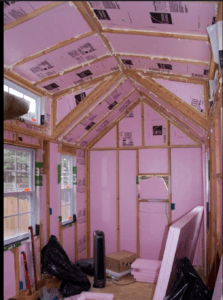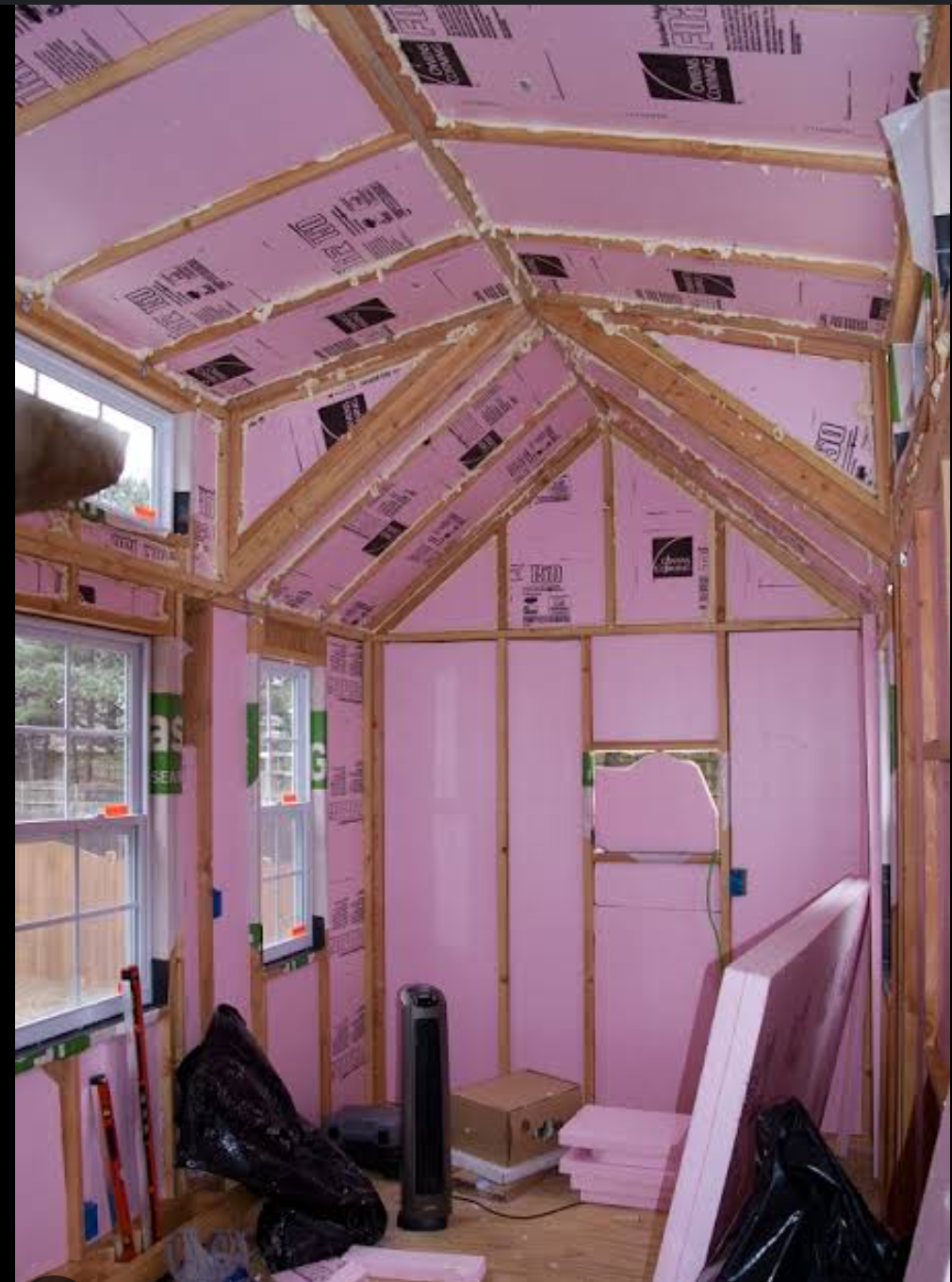 You’re going to find out about the unique challenges of insulating tiny homes. Space is at a premium, and every inch counts. Insulation in tiny homes isn’t just about filling walls with materials; it’s a carefully thought-out process that demands expertise. Not only does it have to keep the interior comfortable, but it also needs to avoid moisture issues that can lead to mold and structural damage.
You’re going to find out about the unique challenges of insulating tiny homes. Space is at a premium, and every inch counts. Insulation in tiny homes isn’t just about filling walls with materials; it’s a carefully thought-out process that demands expertise. Not only does it have to keep the interior comfortable, but it also needs to avoid moisture issues that can lead to mold and structural damage.
Essential factors to consider for tiny home insulation are numerous and vital. The type of insulation you choose affects your home’s energy consumption, your comfort, and even your pocketbook down the line. Whether you’re dealing with extreme heat or battling the cold, getting the insulation right is pivotal. From thermal performance to soundproofing qualities, the selection process can be mind-boggling, but don’t worry too much about it — I’m here to help you navigate these waters.
Insulation’s role in energy efficiency and comfort can’t be understated. A well-insulated home is like wearing a perfectly tailored jacket; it fits just right and serves its purpose effectively. Insulation helps maintain a consistent temperature, reducing the need for heating and cooling. This isn’t just about comfort; it’s also about cost-efficiency and energy conservation. I’m going to tell you all about climate considerations for insulation choices because they significantly influence what will work best for your tiny house.
Comparing Insulation Material Options
If you’re browsing through insulation options for your tiny home, the array of choices might be a bit overwhelming. I’m going to walk you through some of the most popular materials, and trust me, each has its pros and cons worth weighing.
Let’s start with some conventional players like fiberglass and foam board. Fiberglass is cost-effective and has been insulating homes for decades. Foam board, on the other hand, offers high R-values for less thickness, saving precious space in a tiny home.
But, this isn’t just about traditional options. You’re going to find out about some innovative materials too. Sheep’s wool, for instance, is a fantastic natural insulator that also helps with moisture management. Another eco-friendly champion is cork, which is both renewable and recyclable.
Now, the term ‘R-value’ pops up a lot. It basically refers to how well an insulation material can resist heat flow. The higher the R-value, the better the insulation. For tiny homes, striking the right balance between R-value and the amount of space the insulation takes is essential.
How about long-term performance? Some materials might settle or degrade faster than others. In my opinion, choosing a material with a consistent track record and providing longevity is key to a smarter investment.
You can always adjust your approach down the road, but for now, choose something that resonates with your personal values and needs, whether it’s sustainability, affordability, or ease of installation. This sets the stage for what’s next: diving into practical tips and best practices to get the most out of your tiny home’s insulation.
Practical Insulation Tips and Best Practices for Tiny Home Owners
You’ve explored the various insulation materials available for tiny homes and their respective benefits. Now, let’s turn our attention to implementing them effectively. Insulating your tiny house isn’t just about selecting the best materials; it’s also about using savvy installation practices to maximize comfort and efficiency.
Space is at a premium in a tiny home, so choosing insulation that offers high R-value without excessive bulk is crucial. Compressing insulation to fit into a small cavity can reduce its effectiveness, so it’s important to follow manufacturer guidelines for installation to maintain the integrity of the insulation’s thermal resistance.
In addition to selecting and installing insulation, ensure you’re protecting your home from moisture damage. A good moisture barrier will prevent mold and mildew, which are not only damaging to your home but also harmful to your health. Proper ventilation is just as important as good insulation. Without it, you risk condensation, which can lead to a whole host of problems.
Routine maintenance checks are essential to keep your insulation performing at its best. Over time, materials can settle or degrade, and it’s important to catch any issues before they become significant problems. A simple annual inspection can help you stay on top of your game.
To really understand what works, look at real-world examples. Tiny home owners often share their experiences online, and these case studies can be a goldmine of information. They can provide ideas and inspiration for your own insulation project and help you avoid common pitfalls.
Remember, you can always adjust your approach down the road. Your first attempt doesn’t need to be your last, and as technologies advance, even better solutions might become available. Choosing the right insulation for your tiny home is about balance, understanding your needs, and being open to adapting your strategy as you learn what works best for your space.

